Virtual Try-On for Fashion Ecommerce: Try Before You Buy
Ultimate Guide to Find the Best Color Palette for Men in USA
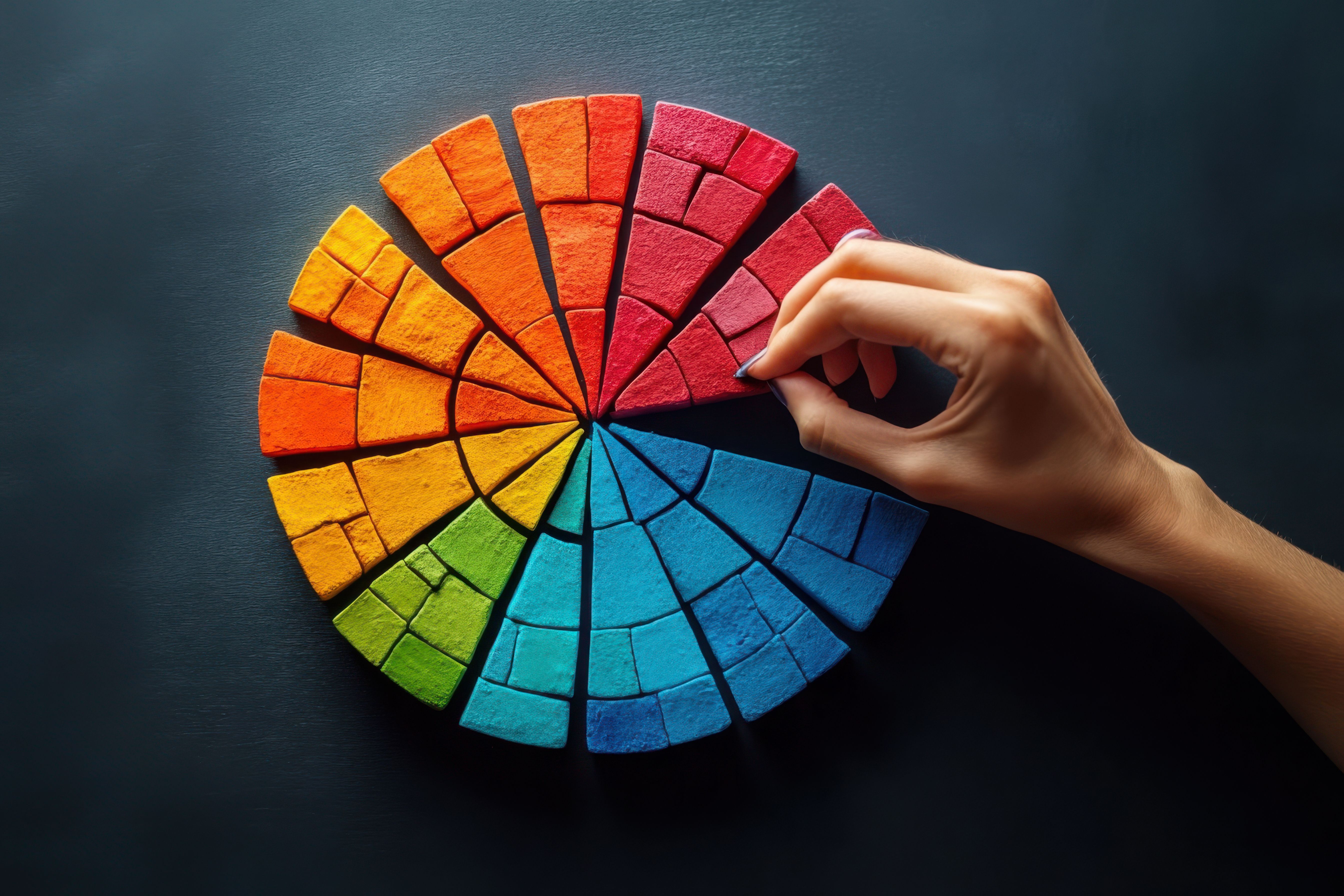

TL;DR
The best color palette for men depends on US skin tones, climates, and even fabric types. From minimalist fashion to inclusive fashion, finding the right shades elevates confidence and style. Glance’s AI Twin makes it easy to build a personalized palette in minutes.
Most men rely on the same safe picks—black, navy, grey—because choosing colors feels confusing. But here’s the truth: the right shades don’t just upgrade your style, they transform how you look and feel. A shirt that complements your skin tone can make you look sharper instantly, while the wrong one can dull your entire outfit.
The best color palette for men isn’t universal—it shifts with skin tones, fabric textures, and even the climate you live in across the US. Learning it means fewer shopping mistakes, smarter capsule wardrobe basics, and a cleaner path into minimalist fashion styles.
That’s where Glance comes in. With its AI Twin feature, you don’t have to guess. The app acts as your AI style advisor, showing how different colors look on you before you buy or wear them. It’s fashion personalization at its smartest—an inclusive fashion step that helps every man find shades that work for him.
Learn The Best Color Palette for Men in US by Skin Tones
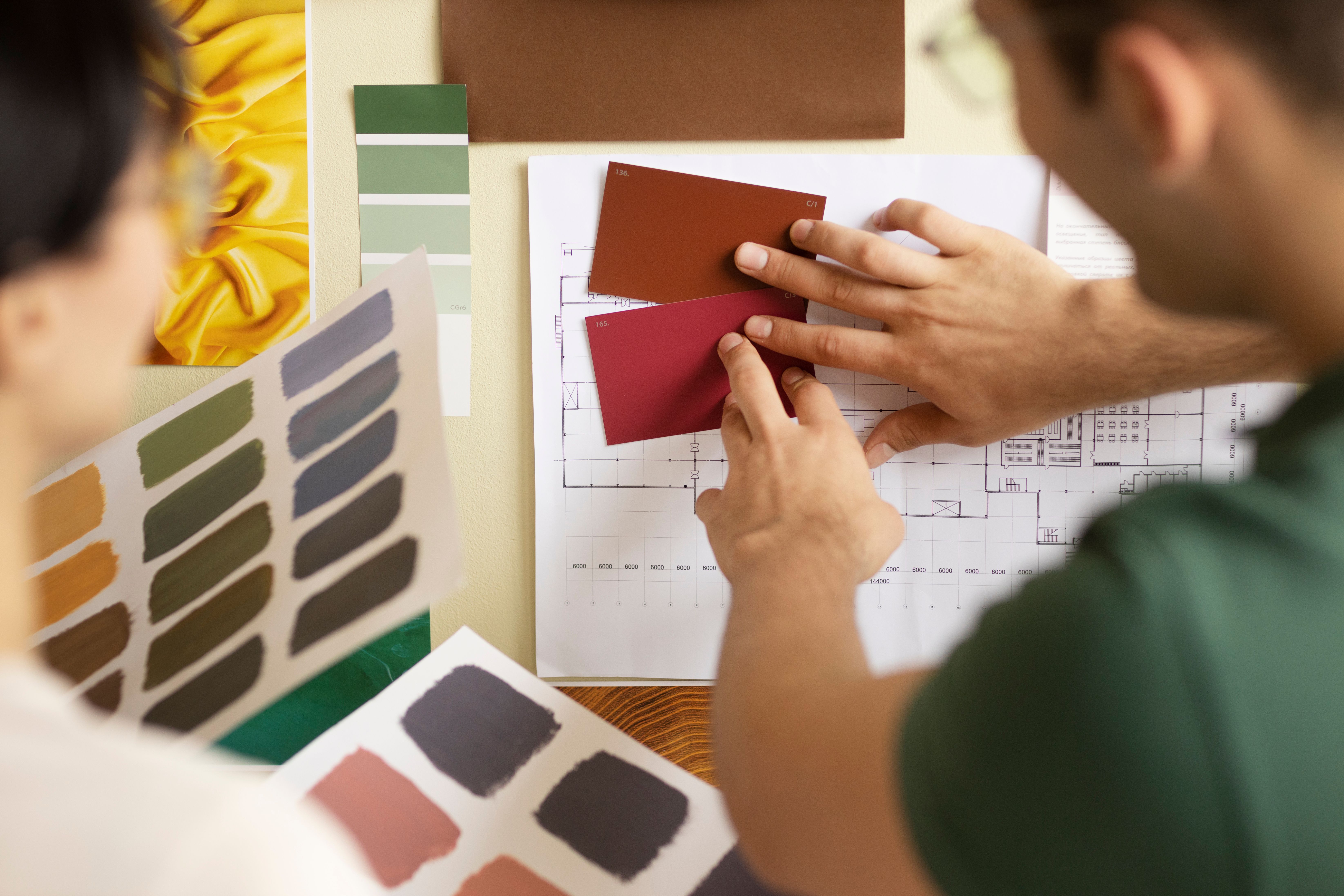
Skin tone is the single biggest factor when deciding what colors work best. The good news? Once you understand undertones and contrast, building outfits becomes effortless.
- Fair or Light Skin Tones – Softer palettes are your friends. Think earthy greens, light blues, beige, and muted pastels. Harsh blacks can overpower lighter tones, so try navy or charcoal instead.
- Medium or Olive Skin Tones – Jewel tones—like emerald, burgundy, and sapphire—shine here. Olive skin balances warmth and coolness, meaning you can also rock classic whites and camel browns.
- Dark or Deep Skin Tones – Bold primaries and vibrant colors pop against deep skin. Bright yellows, crisp whites, and even metallics add contrast without overwhelming.
The science here is simple: undertones (cool, warm, or neutral) guide how light reflects on your skin. Once you know yours, your best color palette for men starts revealing itself quickly.
And do you know what, color isn’t just style—it’s science-backed momentum. Bold shades are up by 15% and pastels by 13%, fueling a 144% surge in color-blocking looks. Translation? Playing with contrast is not just trendy, it’s the future
Choose Color Palettes for Men as per US Climates
Climate plays a huge role in what colors not only look good—but feel good. The US is diverse, so color choices shift from coast to coast.
- Warm States (California, Florida, Texas) – Light fabrics in breathable colors—whites, sky blues, sandy neutrals—keep you stylish without overheating.
- Cold Northern States (New York, Minnesota, Illinois) – Darker, richer hues like burgundy, forest green, and charcoal pair well with layering fabrics like wool and flannel.
- Transitional States (Midwest, Pacific Northwest) – Earth tones, muted shades, and versatile neutrals make sense where seasons fluctuate often.
Here’s where minimalist fashion styles becomes powerful: when your wardrobe is built on a palette that fits both your skin tone and your climate, you pack less, spend less, and dress better. It’s also the foundation for building capsule wardrobe minimal basics, a system that makes every outfit look intentional.
The Best Color Palette for Men by Fabric Types
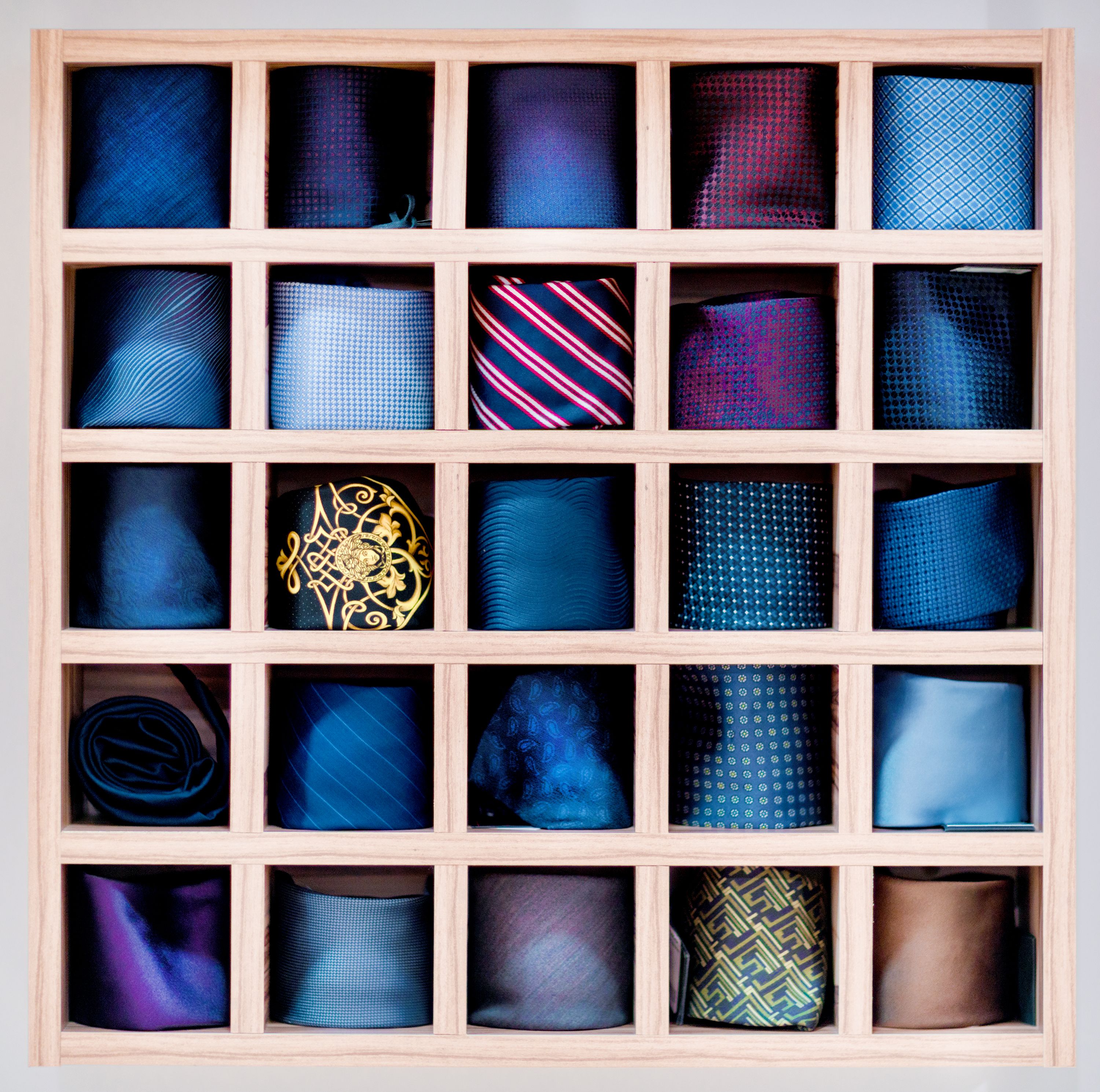
Colors don’t exist in isolation—fabric choice changes how a shade looks and feels. A navy blue cotton shirt will reflect light differently than a navy blue wool blazer. That’s why when building the best color palette for men, fabric matters just as much as tone.
- Cotton and Linen (Summer Staples)
Light, breathable fabrics work best with airy and muted palettes. Think soft pastels, sandy neutrals, and sky-inspired hues. A linen shirt in light sage or dusty rose can look more refined than the same shade in heavier fabric. - Wool and Flannel (Winter Wear)
Deep and rich tones elevate thicker fabrics. Charcoal, burgundy, forest green, and navy blue look sharp in wool or flannel because the texture absorbs light, adding depth. - Denim
Denim works best in versatile shades. Dark indigo pairs beautifully with jewel tones, while lighter washes are well-suited for casual whites, greys, and earth tones. - Silk and Satin (Statement Fabrics)
With sheen-heavy fabrics, restraint is key. Neutral colors like black, cream, or muted metallics ensure the shine feels elegant, not over the top.
Here’s the rule of thumb: lighter fabrics highlight brighter colors, heavier fabrics ground darker colors. Once you learn this balance, your palette adapts across seasons and occasions without guesswork.
The Best Color Palette for Men in Minimalist Fashion
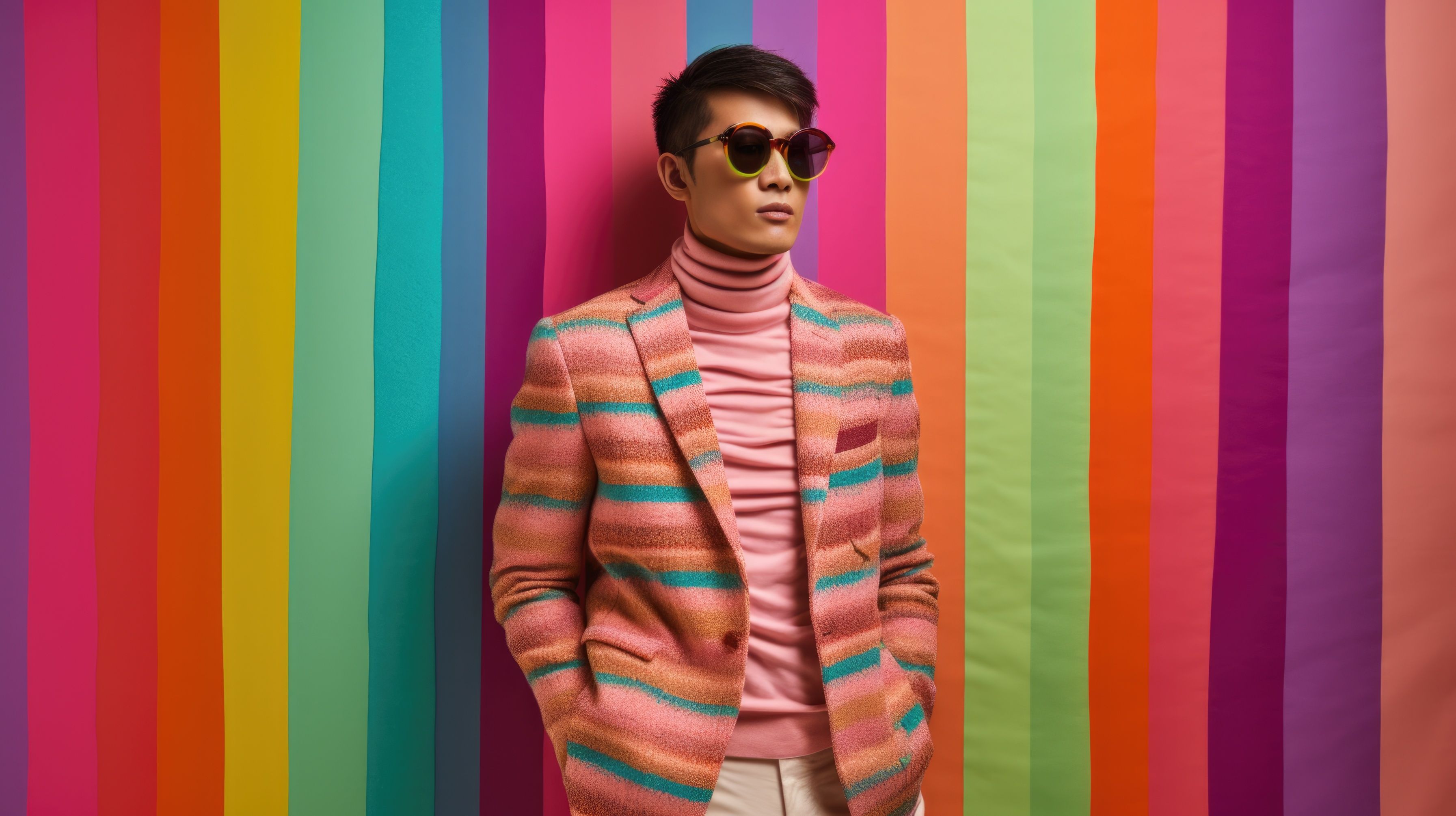
Minimalist fashion is about intentionality—fewer pieces, stronger combinations. And nothing supports that philosophy better than the right palette. A carefully chosen color palette for men ensures that every piece mixes seamlessly with the others.
Core Colors for a Minimalist Wardrobe
- Neutrals First – White, black, grey, and navy form the backbone. They’re seasonless and versatile.
- Earth Tones as Accents – Olive green, beige, and tan work year-round and blend effortlessly with neutrals.
- One Bold Statement Color – To avoid monotony, a single shade like burgundy, mustard, or teal adds variety without disrupting balance.
Why It Works
- Ease of Styling – When every piece belongs to the same palette, your morning routine shortens.
- Sustainable Fashion – Owning fewer but better-curated items reduces waste.
- Timelessness – Neutral-driven palettes don’t go out of style, which means your capsule wardrobe remains relevant season after season.
Capsule Wardrobe Connection
Minimalist fashion styles overlaps with the capsule wardrobe minimal basics approach:
- A few high-quality shirts in your best neutrals.
- Well-fitted trousers in complementary shades.
- Layering pieces (jackets, sweaters) in deeper tones for structure.
With this system, you can build 20–30 outfits from just 10–12 items, proving that learning your best color palette for men is not just stylish—it’s practical and economical.
How Color Palettes Promote Inclusive Fashion
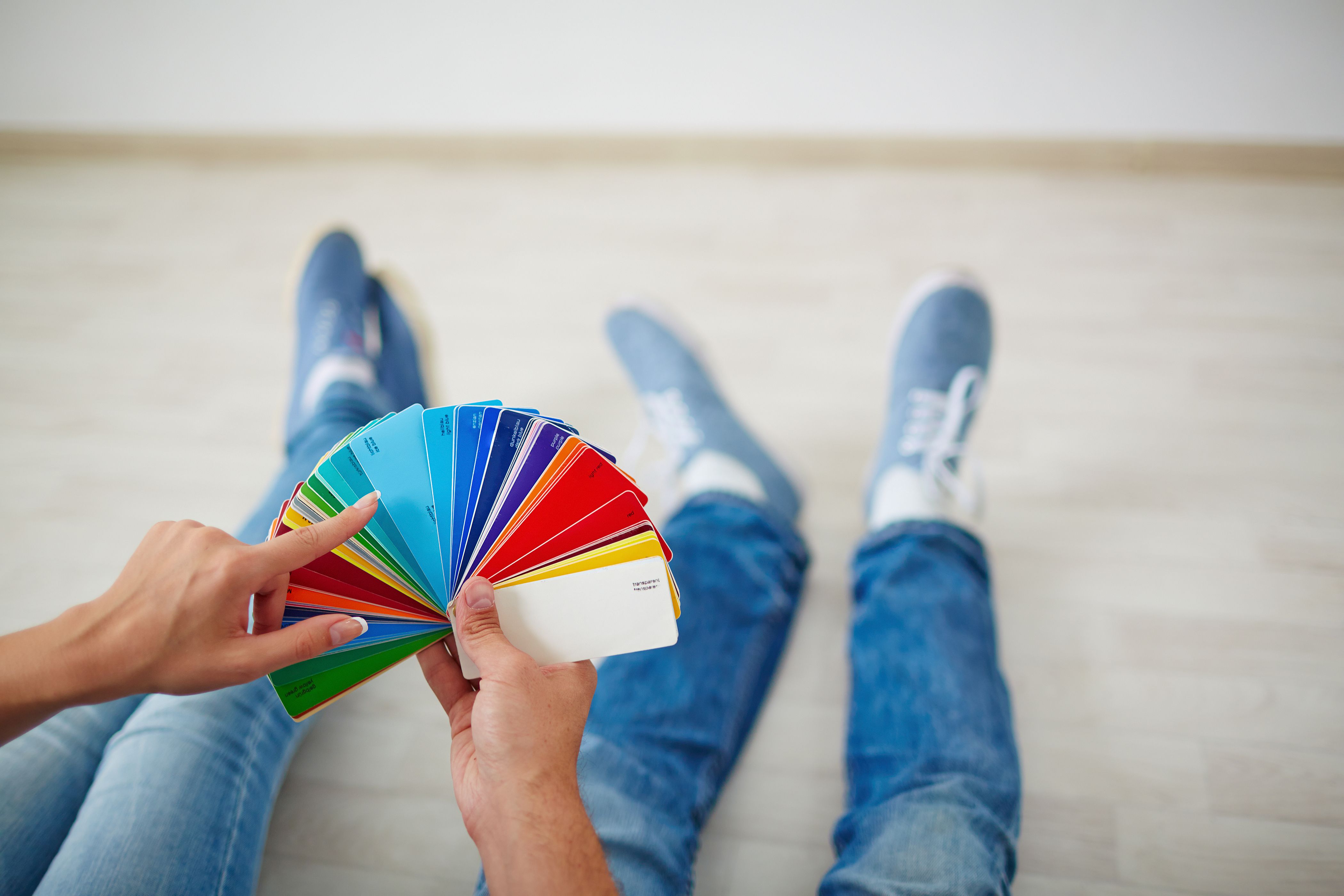
Fashion is evolving beyond “one size fits all”—and so should color choices. The best color palette for men isn’t about sticking to generic shades; it’s about recognizing diversity in skin tones, lifestyles, and climates. That’s where Inclusive Fashion comes into play.
- Skin Tone Diversity – From fair to deep, warm to cool undertones, the same shade looks different on every man. A deep maroon may flatter warm undertones but wash out cooler ones. Inclusive fashion ensures every skin tone finds its ideal color matches.
- Cultural Representation – Colors carry cultural meaning. For example, bright saffron or emerald might feel rooted in heritage for some, while minimal monochrome palettes may align with modern Western aesthetics.
- Body Types & Confidence – Certain colors can visually streamline silhouettes. Darker palettes may slim, while lighter shades open up a frame, helping men dress in ways that highlight confidence.
By focusing on inclusive palettes, brands move away from cookie-cutter styling. Instead, they create fashion that feels personalized, accessible, and empowering for everyone.
But do you know a fun fact? About 7% of men are color blind, compared to just 0.4% of women (Howard Hughes Medical Institute). So if you’ve ever second-guessed whether that shirt is teal or green, science has your back.
Glance AI: The Ultimate Support System Helps You Build a Personalized Colour Palette
Here’s the kicker: 84.7% of shoppers admit color is the number one reason they buy a product. Not fabric. Not brand name. Color. That’s how powerful palettes are. The Glance app simplifies it with its AI Twin feature—your personal AI style advisor in digital form.
- Personalization at Scale – By entering age, body type, and preferences, your AI Twin curates a color palette for men tailored to your skin tone, climate, and lifestyle.
- Fabric & Season Adaptation – Whether you’re shopping wool coats for winter or linen shirts for summer, Glance acts like an outfit planner app, adjusting shades to fit the fabric and weather.
- Minimalist Wardrobe Support – For those leaning toward minimalist fashion, Glance helps you select a few versatile shades that mix and match endlessly—ideal for a capsule wardrobe build.
- Inclusive Fashion Integration – Instead of pushing a “universal palette,” Glance ensures your choices respect individuality, proving that tech can drive inclusivity.
Ultimately, Glance doesn’t just tell you what colors look good—it shows your AI Twin wearing them, so you see the difference instantly. Shopping becomes less about guessing and more about growing your signature style.
Conclusion
Mastering the best color palette for men is more than just a style hack—it’s a confidence booster, a time-saver, and a step toward fashion that truly represents who you are. Whether you’re exploring shades by fabric, curating a minimalist wardrobe, or seeking a palette that complements your skin tone, the right colors make all the difference.
And here’s the kicker—you don’t have to figure it all out alone. With Glance AI, your very own AI style advisor and outfit planner app, building a personalized, inclusive, and season-ready wardrobe becomes effortless. Your AI Twin not only picks your best shades but also shows you how they look on you before you even hit checkout.
So why guess when you can shop smarter, dress sharper, and live more confidently with Glance?
FAQs Related to Best Color Palette for Men
1. What is the best color palette for men in everyday wear?
Neutral colors like navy, grey, black, and white form the foundation. Add earth tones like olive and beige for variety without losing versatility.
2. How does skin tone affect the best color palette for men?
Cool undertones pair well with blues and greys, while warm undertones shine in earthy shades like brown, rust, and mustard. Medium skin tones balance both.
3. Can the best color palette for men work with minimalist fashion?
Yes. Minimalist wardrobes thrive on neutral and muted tones that mix and match easily, ensuring you can create multiple outfits with fewer pieces.
4. What role do fabrics play in choosing a color palette?
Fabric texture changes how colors appear. Lighter fabrics suit brighter shades, while heavier fabrics like wool absorb light, making deeper tones look richer.
5. How does Glance AI help with building a personal color palette?
Glance uses its AI Twin feature to act as an outfit planner app, showing you how colors look on your digital avatar, ensuring personalized and inclusive choices.






